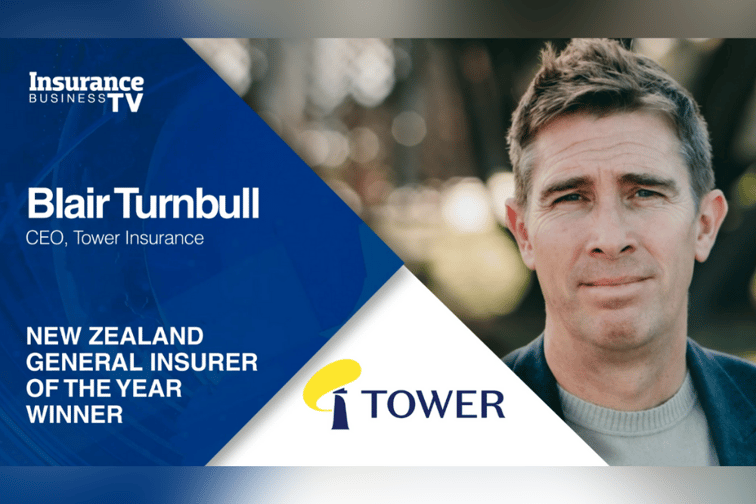

In this interview, CEO Blair Turnbull said that although he appreciates this recognition, “it really is not about trophies,” and what matters to him is the purpose behind Tower Insurance’s work.
“We’re right in the middle of the Pacific. We have a lot of natural events. We all appreciate, as a community, the value of insurance,” he said. “And I think in some regards, we’re really starting to modernise and change how that insurance can look in terms of making it really simple and easy and rewarding. […] I think we see a deep positive value that we can create and how we help protect and build communities around insurance and the role that insurance can play.”
Turnbull emphasized the difference between insurance in the past and today, saying that the current form has been developed with technology, digital and data capabilities which enable insurers to change the customer experience. “It’s all about the people at the end of the day,” he said, and Tower Insurance’s commitment to its clients involves offering sustainability and ESG features as a point of difference. The company also provides best-in-class customer experiences based on insights from research.
“[Customers] have struggled to really understand insurance and also link that back to the premium. ‘Why do I pay this much for my home versus the person next door? Why is it different?’ And so through that research, we’ve set ourselves up to change the way that we deliver our customer experience,” he said. “So, we want it to be much simpler. We want it to be more rewarding and fairer and transparent.”
To improve the customer experience, Tower Insurance has introduced risk-based pricing for floods and earthquakes by using digital technology and data that provide insight into “50 years of a large events experience”. By gathering such data, the company can show customers and New Zealand residents whether their homes have a low, medium, high, or very high risk of these natural events. Furthermore, the risk profile is translated into premium so people will know how much of their payments are allocated for flood and earthquake coverage. By understanding the risks they face, customers will also value their insurance, said Turnbull.
Another customer-centred approach is gathering feedback by using innovations such as the My Tower online self-service portal.
“My Tower is where all of that magic comes together in a nice, simple way,” said Turnbull. “We show all of our policies through there. At any time, you can come through and see your motor, your home, your contents, pet travel, whatever you’d like to do.”
Closely related to this convenient platform is the intention to help prevent accidents and protect people against dangerous situations. For example, Tower’s GoCarma app on a customer’s phone can help monitor their driving behaviour and provide tips about areas where accidents occur. This innovation helps people better understand the risk, for instance, of driving too fast into a roundabout. The GoCarma app has received positive feedback from customers whose teenage children are using it while learning to drive, Turnbull said.
Moving forward, accident prevention and risk mitigation – whether in people’s homes or cars – are services that Tower Insurance delivers by effectively using data, connected devices, and friendly content.
“When something does happen, like a flood or a storm, we’re very quickly on hand to help that claim get underway and help [customers] get back to their everyday lives. And I think that’s the window of opportunity around insurance,” said Turnbull.
The company also plans to add carbon tracking to its mobile app so that customers see the connection between fast driving and high carbon emissions. Another plan, said Turnbull, is to offer “sustainability benefits” to encourage the use of environmentally friendly materials in home rebuilding. This is aligned with ways to reduce people’s carbon footprint and support community efforts towards sustainable living.
